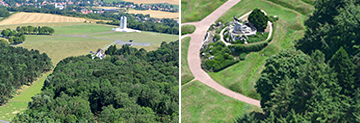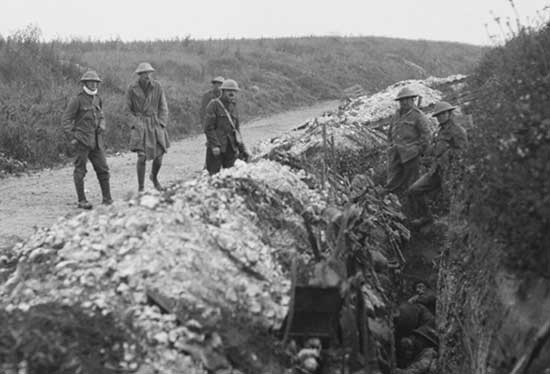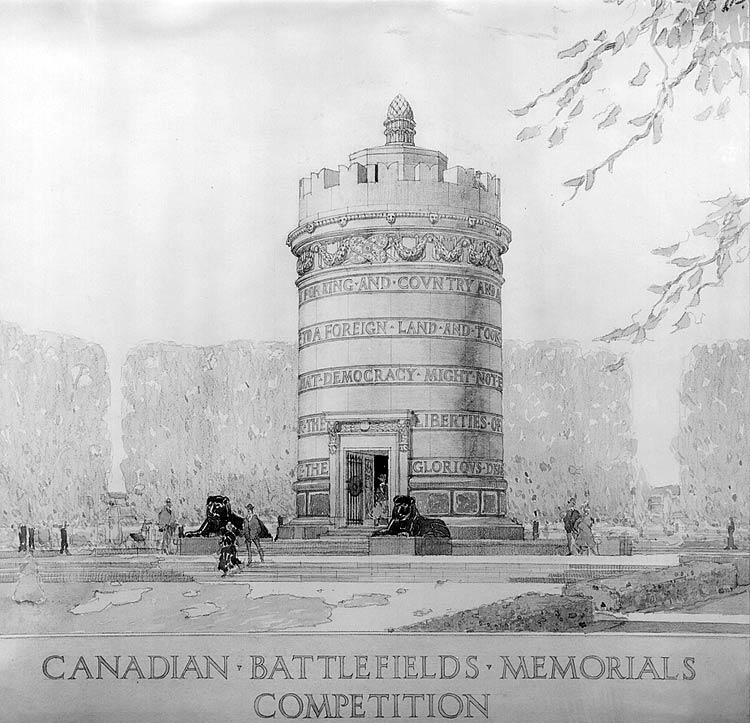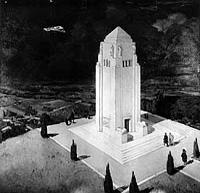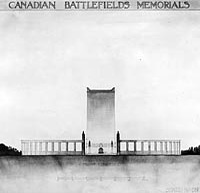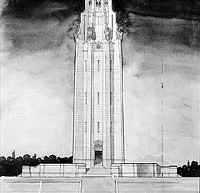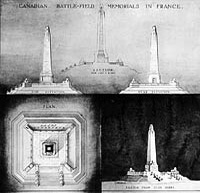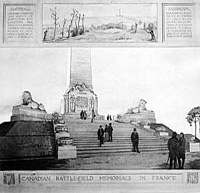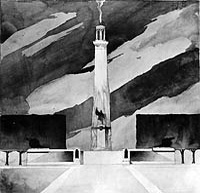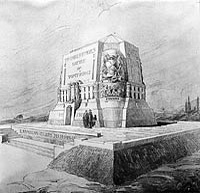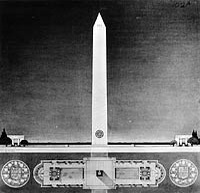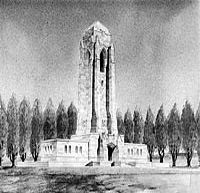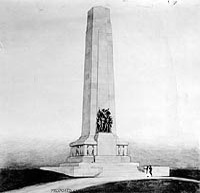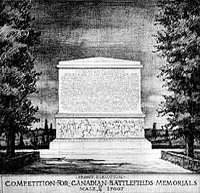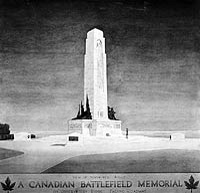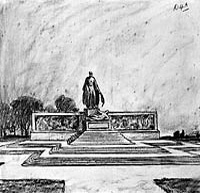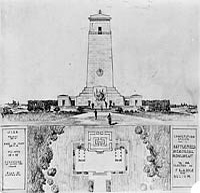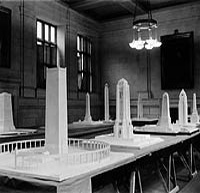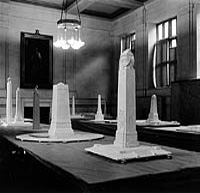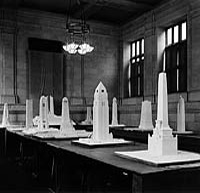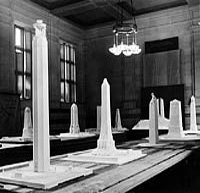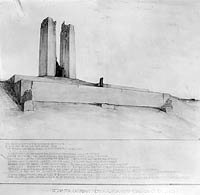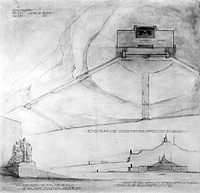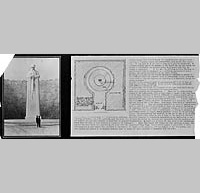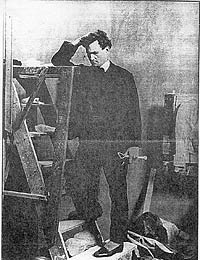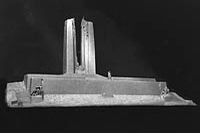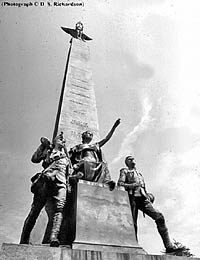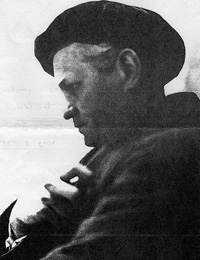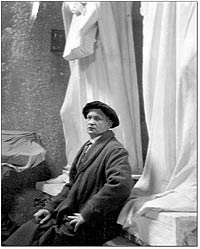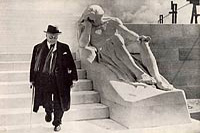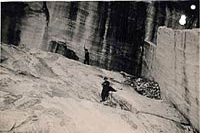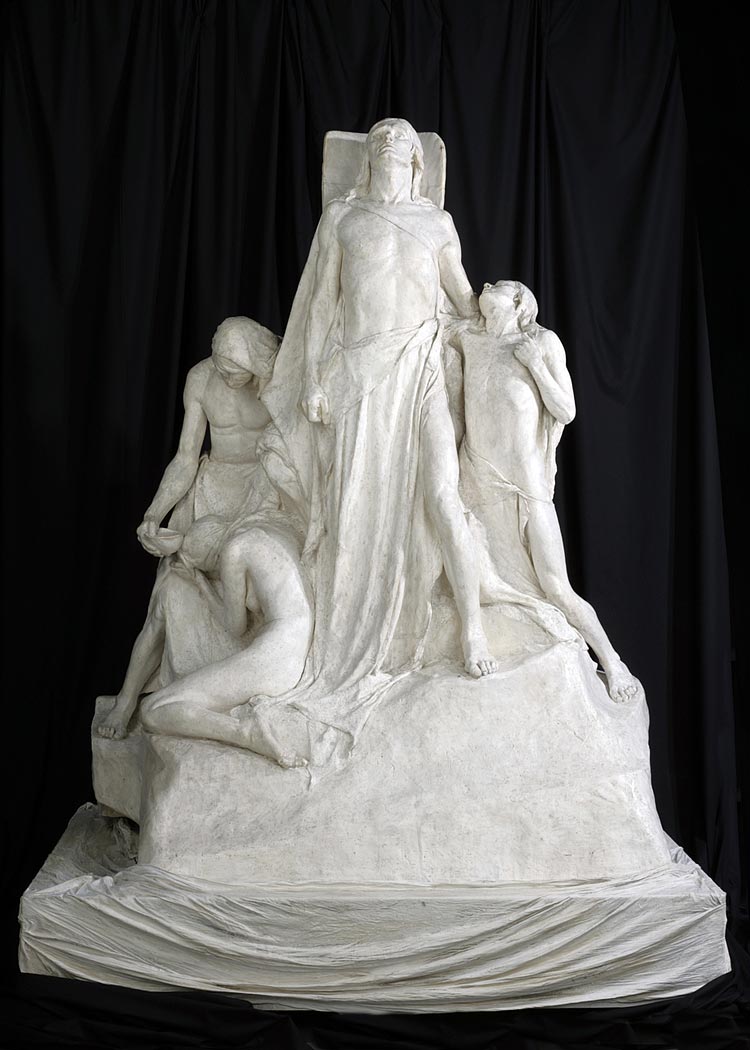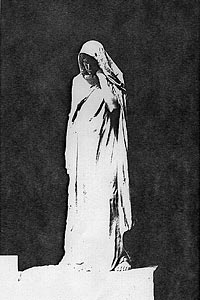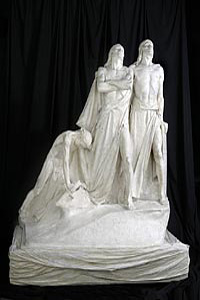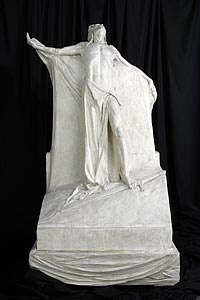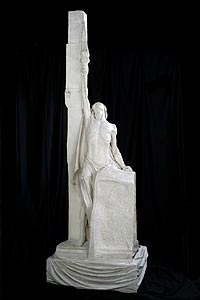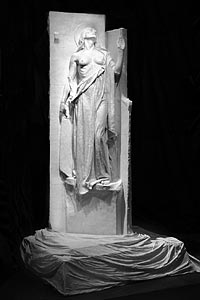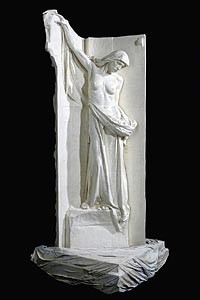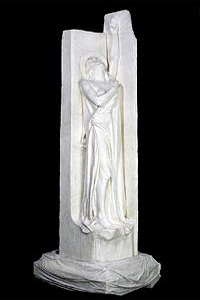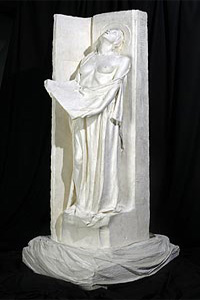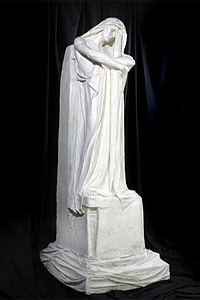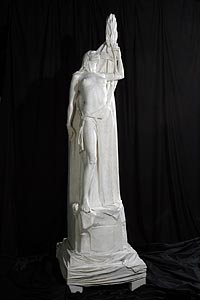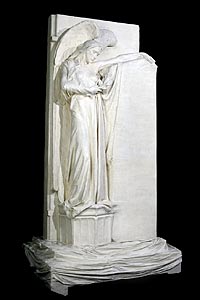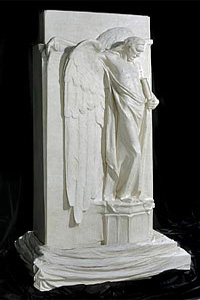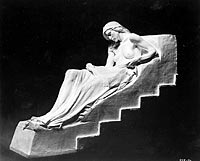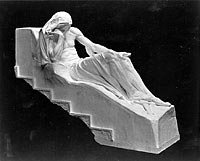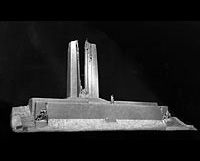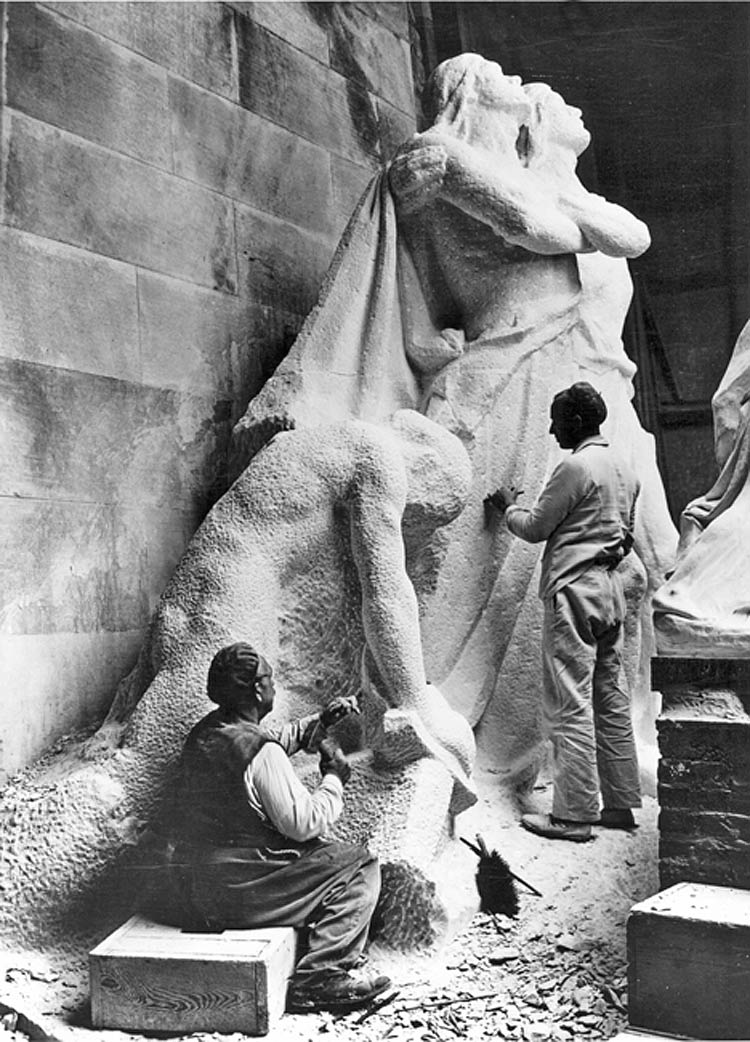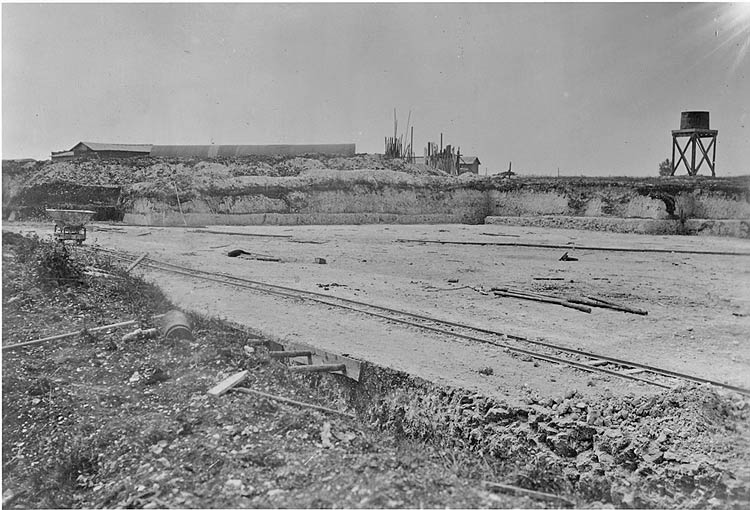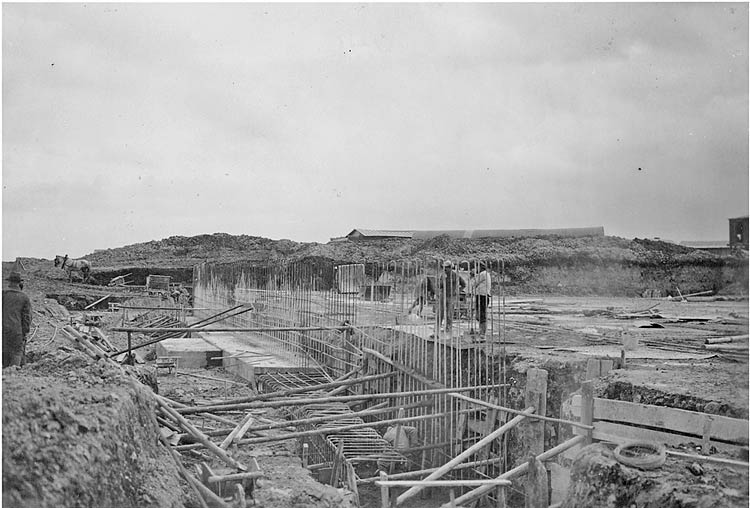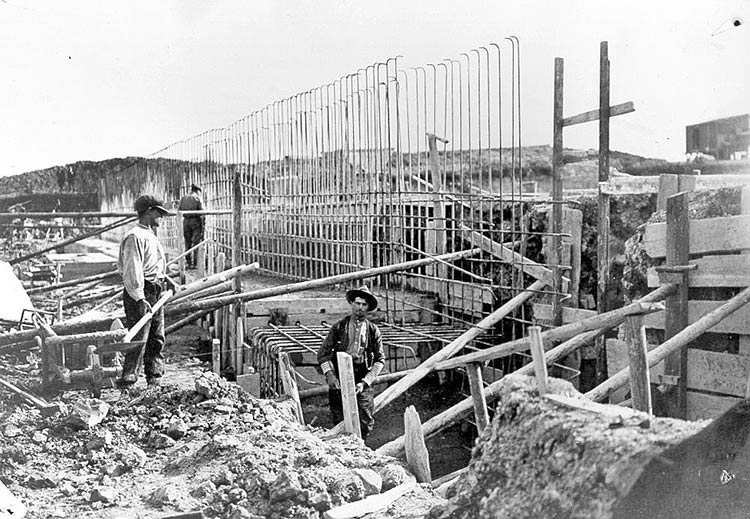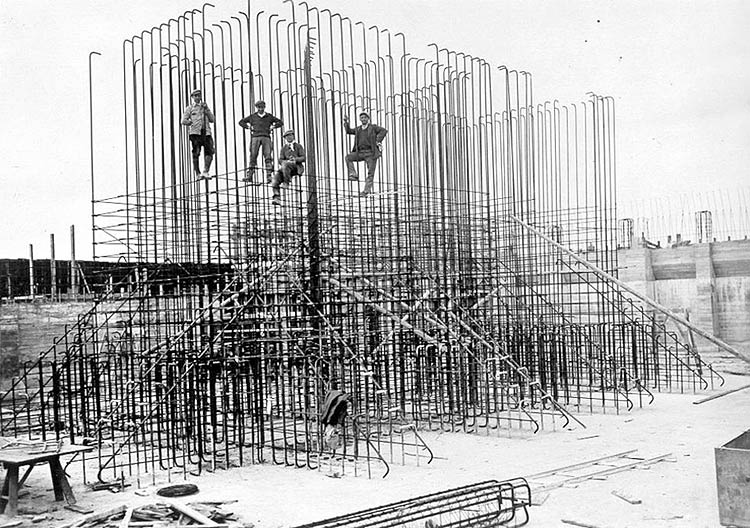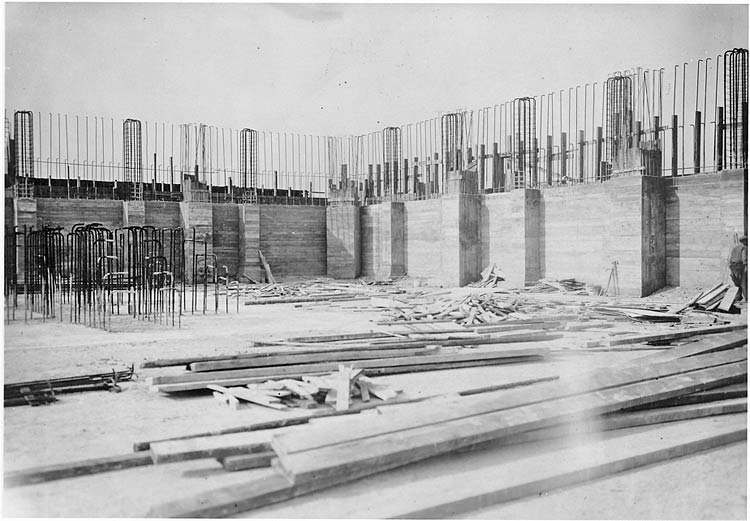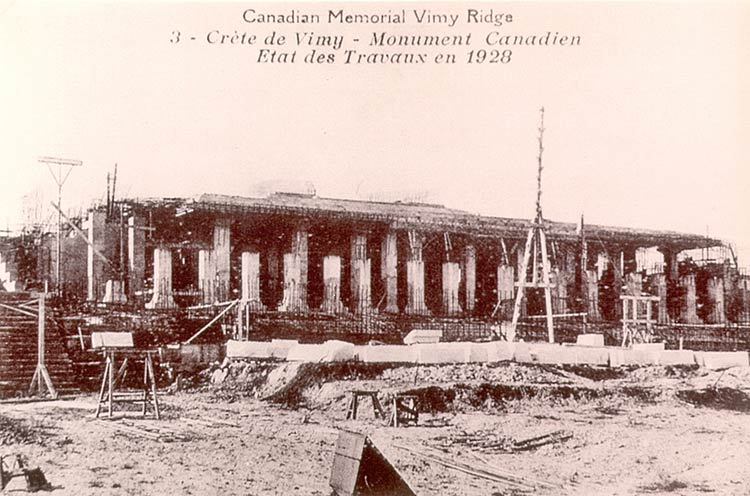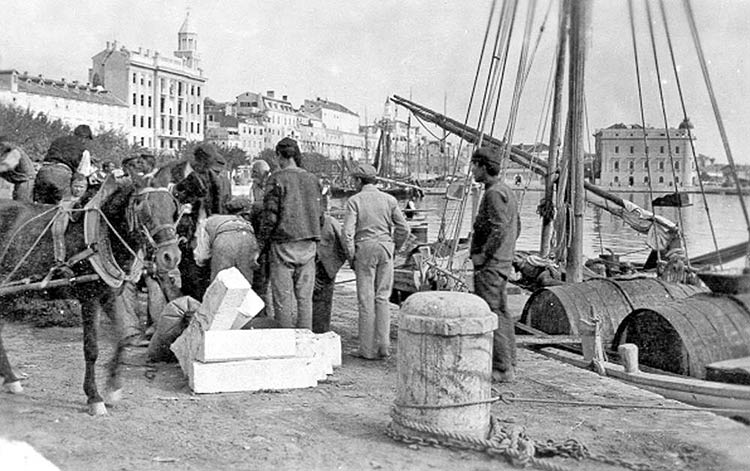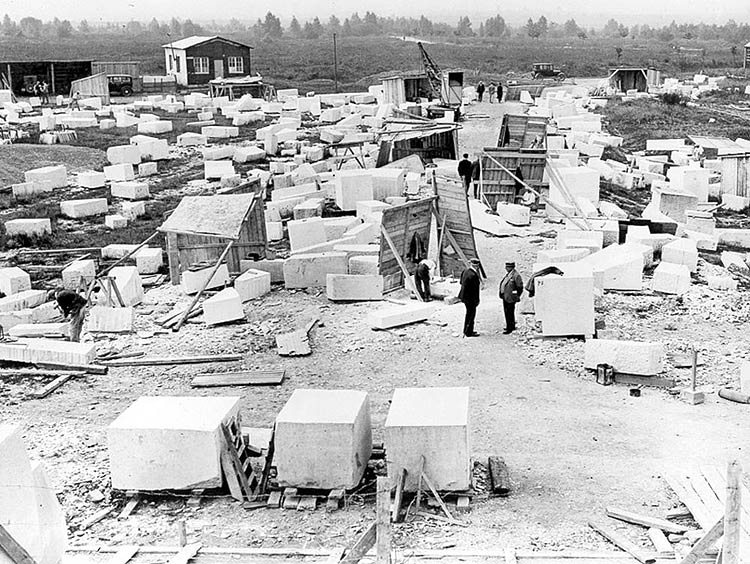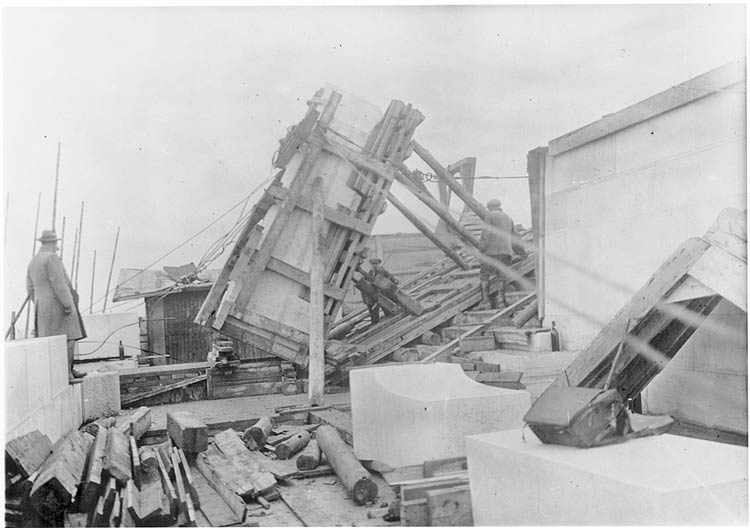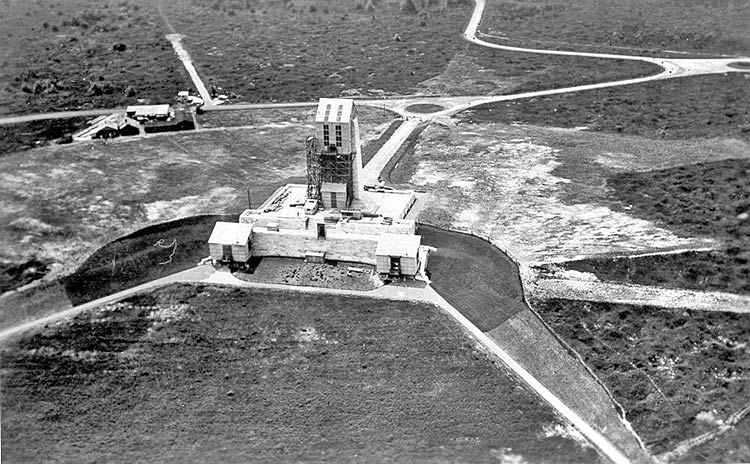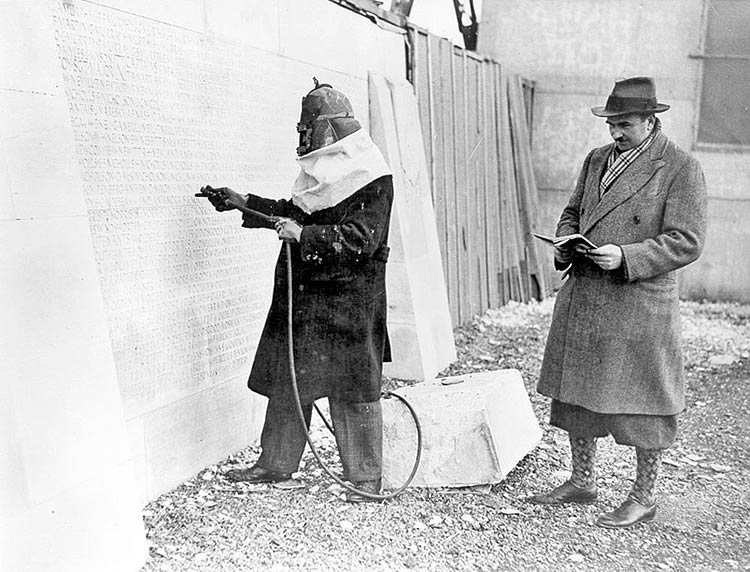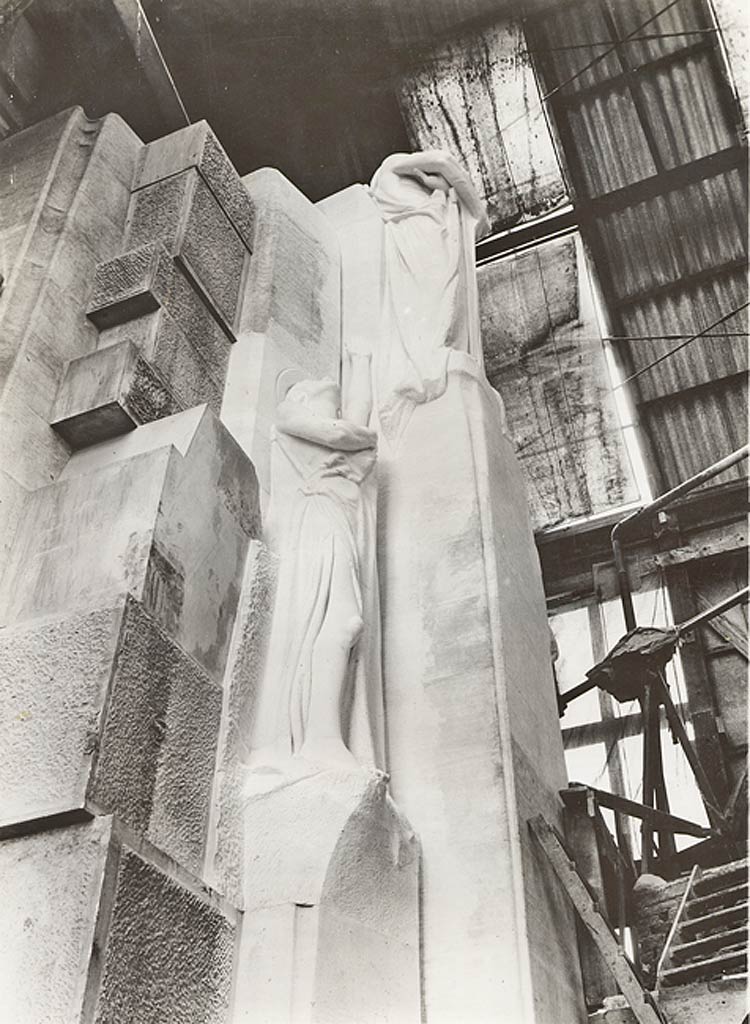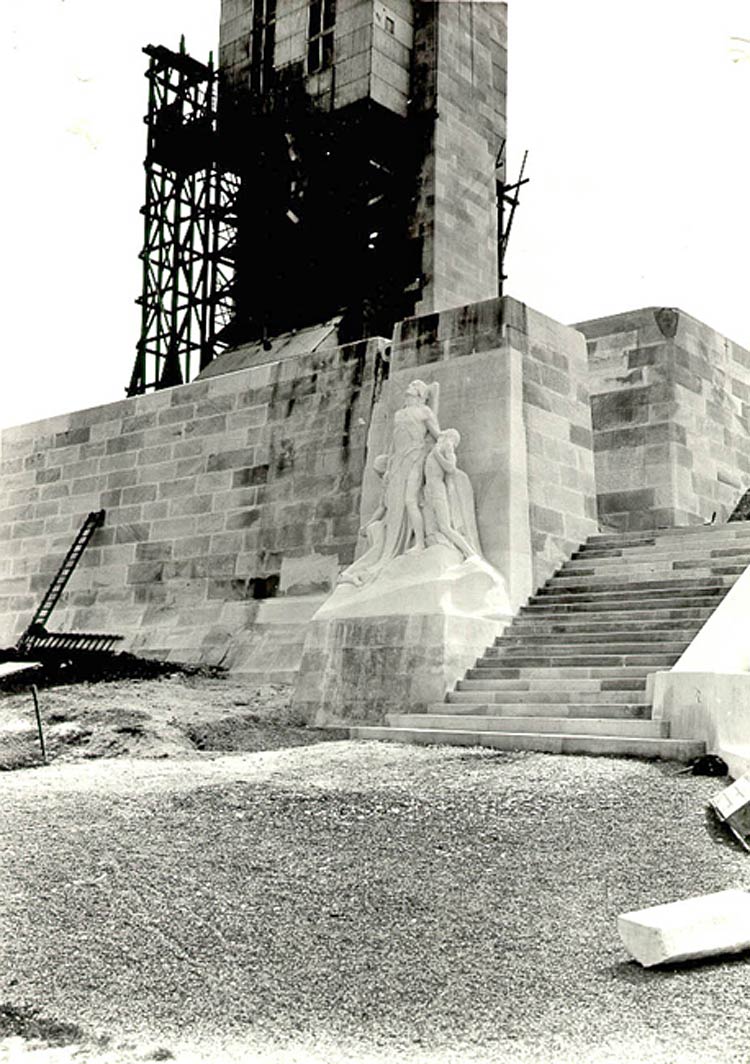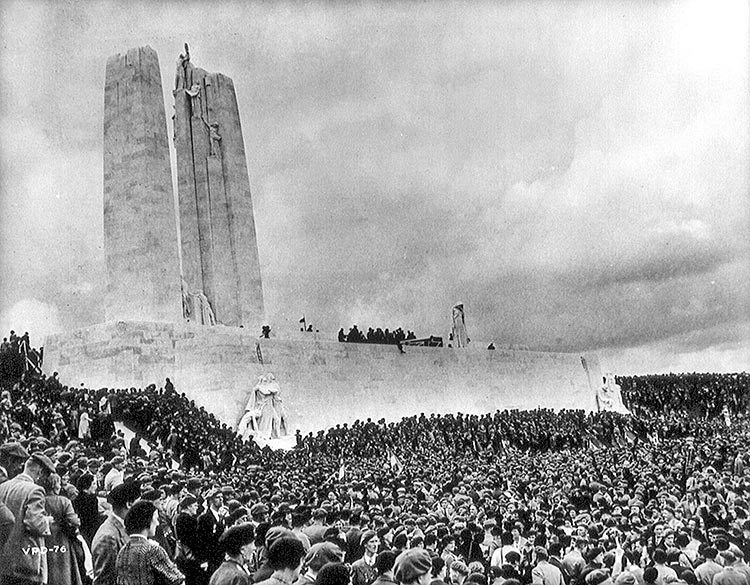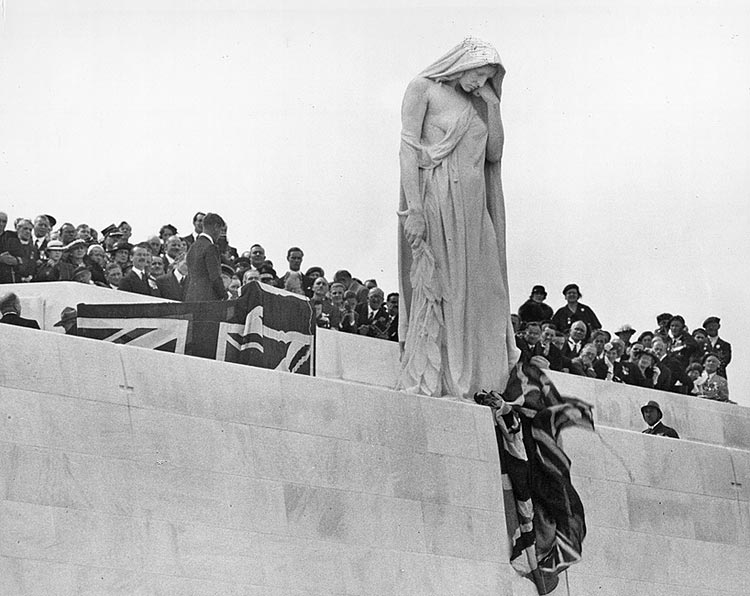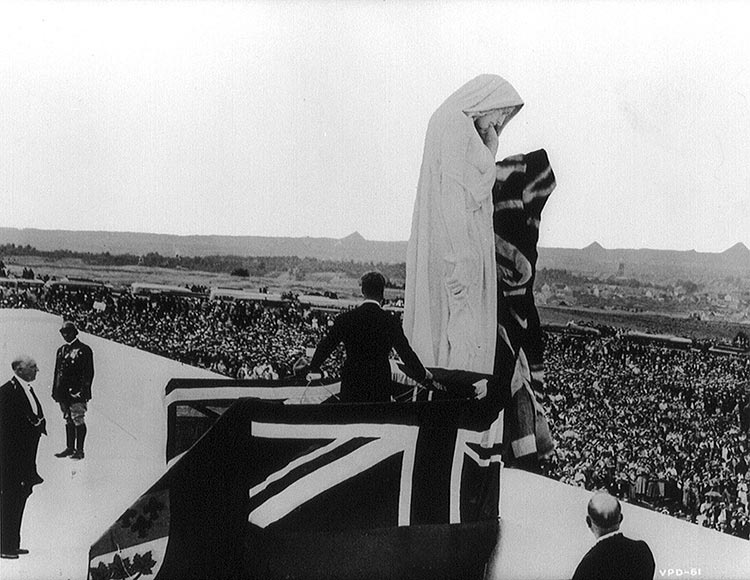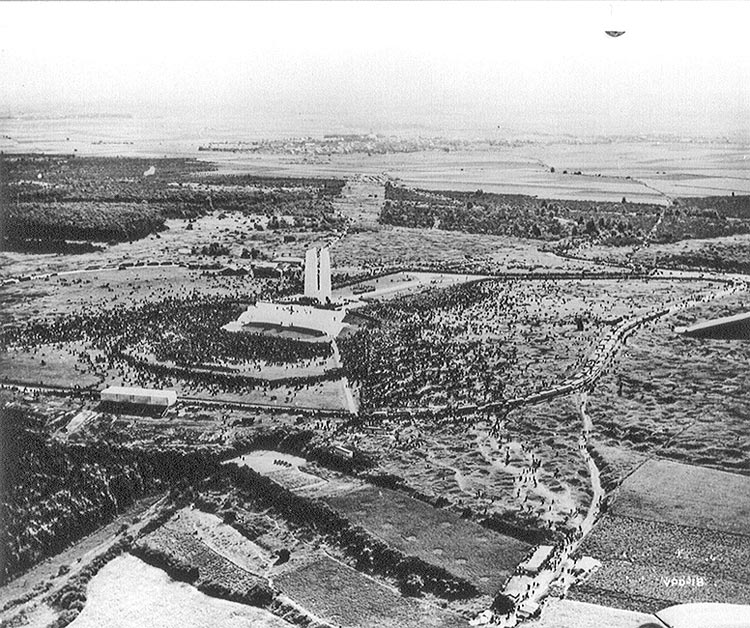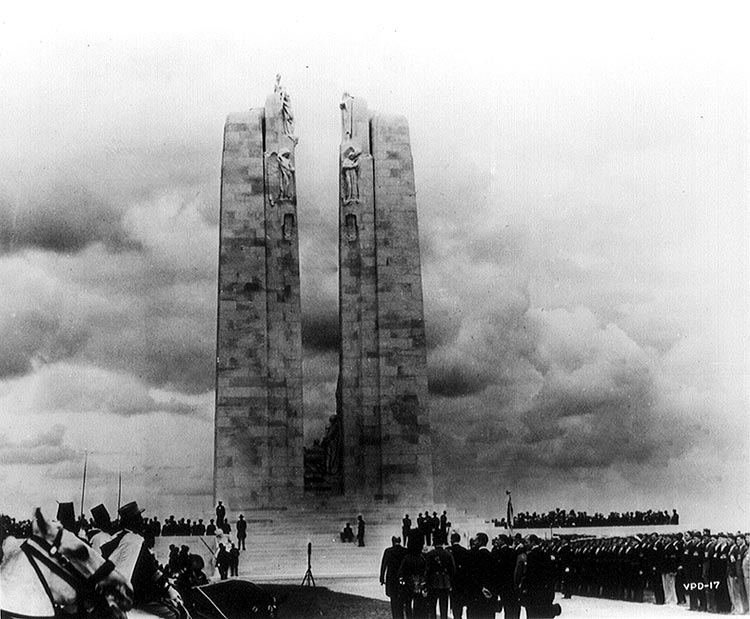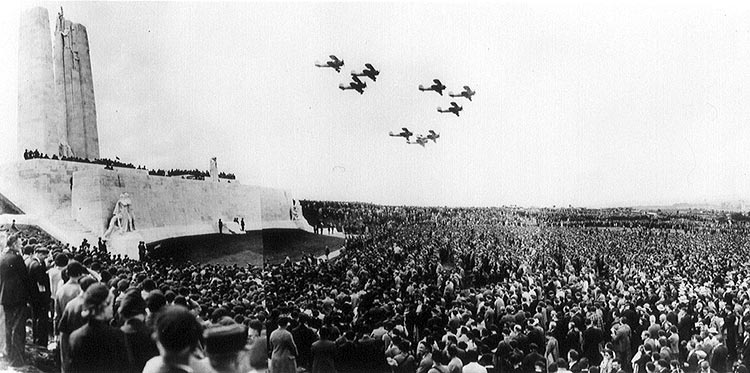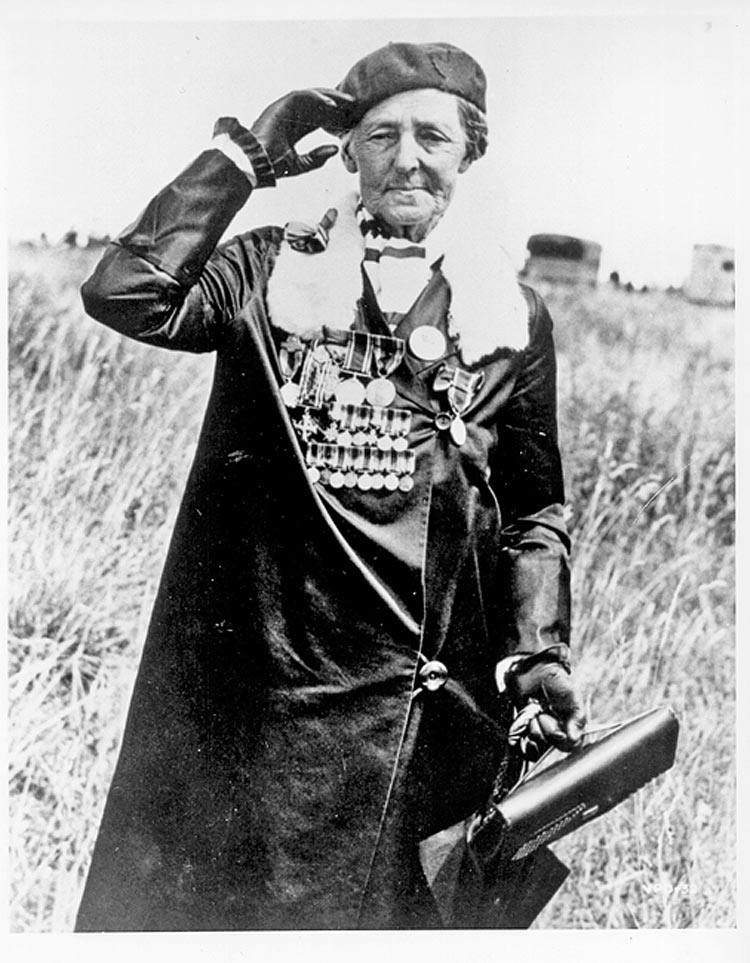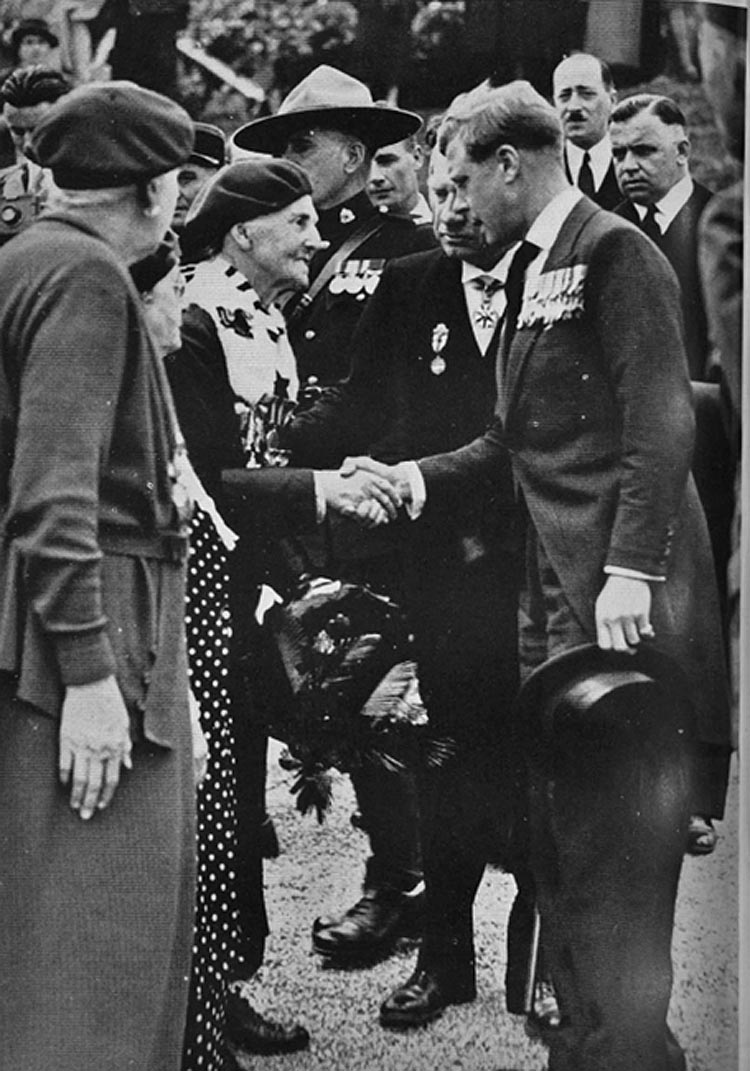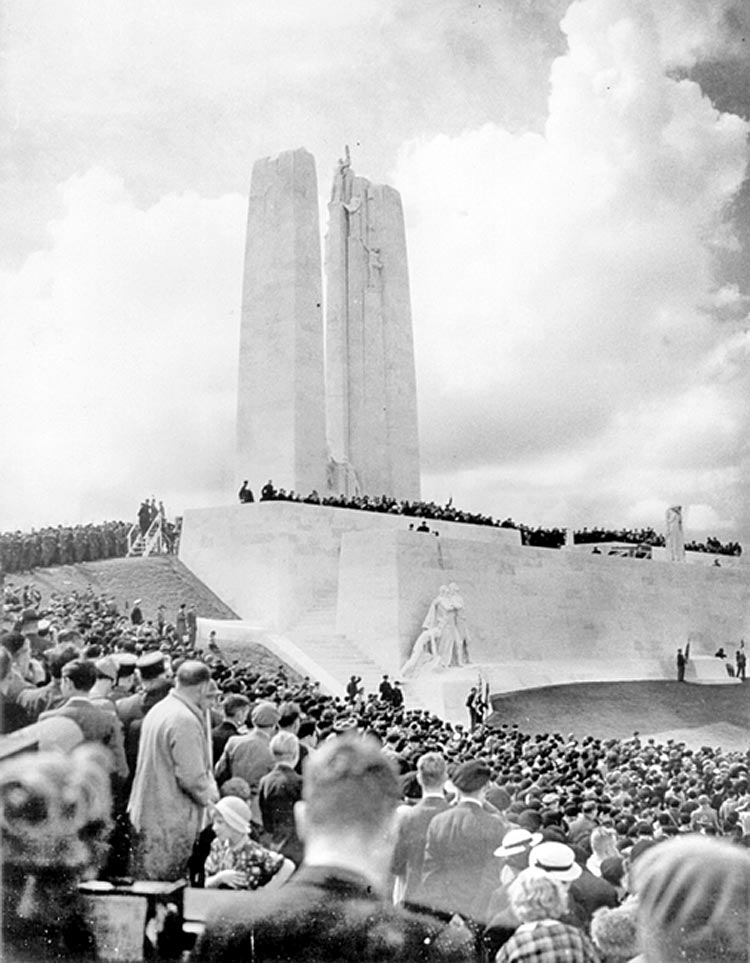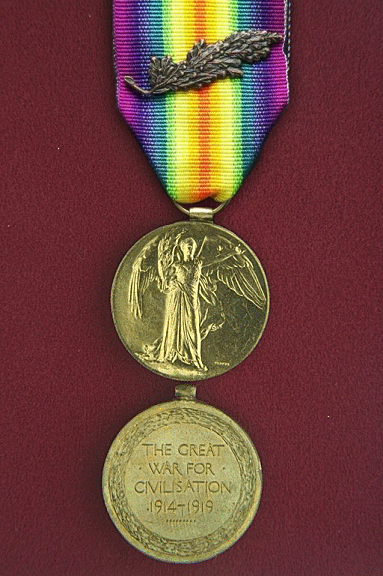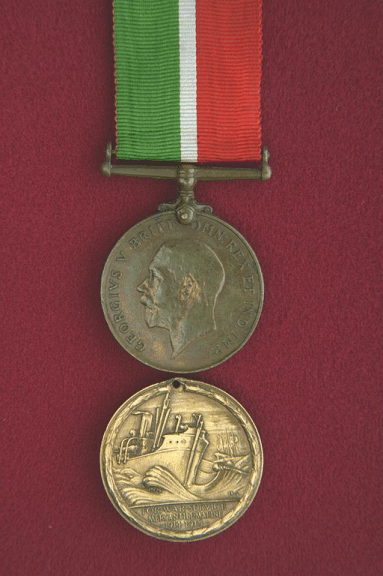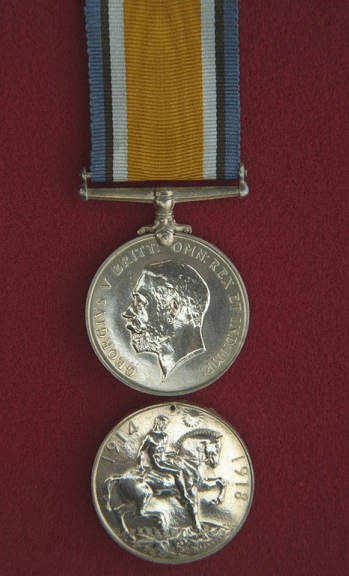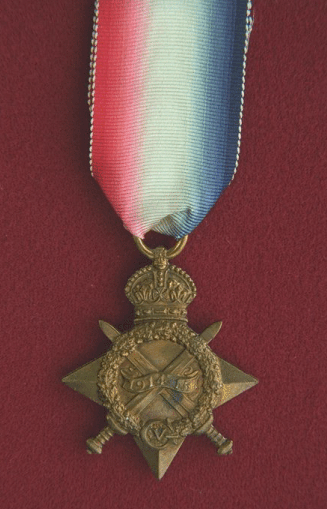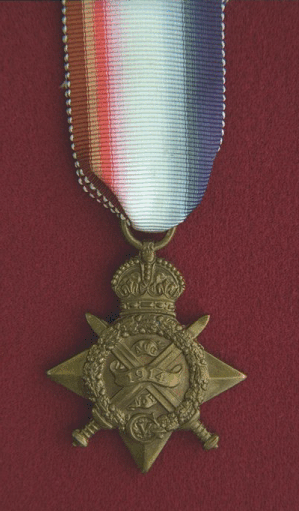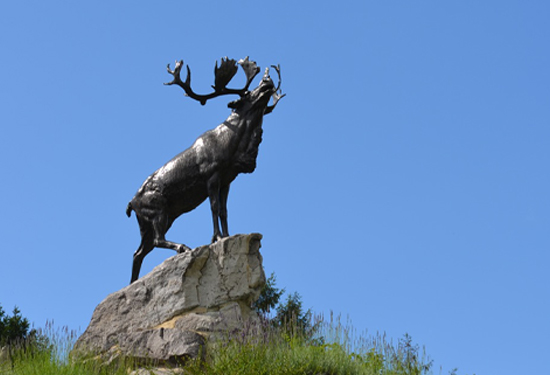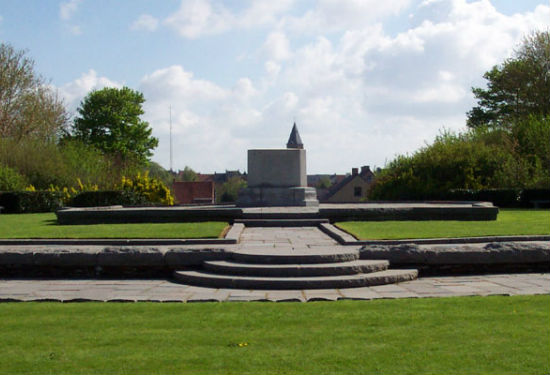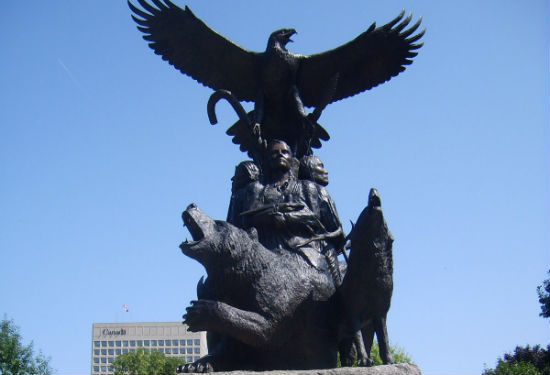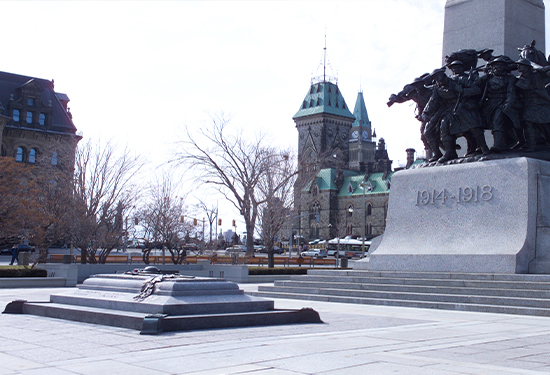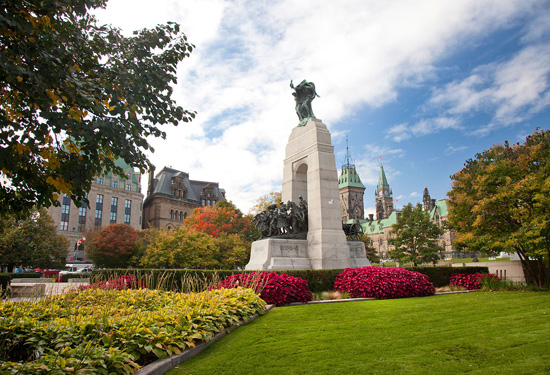
Canadian National Vimy Memorial
The Canadian National Vimy Memorial honours all Canadians who served during the First World War. The Memorial bears the names of those who died in France with no known grave. It is located at the site of Canada’s victory during the Battle of Vimy Ridge.
First World War
Visitor Information

Chemin des Canadiens, Givenchy-en-Gohelle, Hauts-de-France 62580, France
The Canadian National Vimy Memorial is always open to the public free of charge.
For Visitor Education Centre hours of operation, please check the hours, address and contact information.
Check our bulletin board for information on upcoming events and more!

A tribute to sacrifice
In 1920, the Canadian Battlefields Memorials Commission was established to oversee creation of eight Canadian battlefield memorials in France and Belgium. The most impressive is the majestic and inspiring Canadian National Vimy Memorial. With a wealth of symbolism in its sculptures, it is a lasting tribute to the ultimate sacrifice Canadians made in Europe in the First World War.

Canada Bereft Statue
Designer with a dream

Walter S. Allward. Walter S. Allward Collection. Library and Archives Canada/National Gallery of Canada.
The monument was designed by Canadian architect and sculptor, Walter Seymour Allward. He said his inspiration for the monument came to him in a dream. His design was selected from 160 others in a competition held in the early 1920s. Work began on the monument in 1925. Eleven years later, on July 26, 1936, it was unveiled by King Edward VIII.
Design and symbolism
Resting on a bed of 15,000 tonnes of concrete, its pylons and sculptured figures contain almost 6,000 tonnes of Croatian limestone. Towering 27 metres above the base of the monument, the two pylons represent Canada and France – two nations beset by war and united to fight for a common goal – peace and freedom for the Allied nations.

Men on steel reinforcements for concrete for central pylons of Vimy Memorial. National Gallery of Canada.
Twenty symbolic figures grace the monument. The topmost – that of Peace – is approximately 110 metres above. Arranged below are other figures representing Justice, Truth, Knowledge, Gallantry and Sympathy. The largest figure, a mourning figure known as Canada Bereft, was carved from a single 30‑tonne block. Head bowed in sorrow, she provides a powerful representation of Canada, a young nation grieving her dead. Overlooking the Douai Plain, she gazes down upon a symbolic tomb draped in laurel branches and bearing a helmet and sword.
A place of honour
Carved on the walls of the monument are the names of 11,285 Canadian soldiers who died in France and whose final resting place was then unknown. At the base of the Memorial, these words appear in French and in English:
TO THE VALOUR OF THEIR COUNTRYMEN IN THE GREAT WAR AND IN MEMORY OF THEIR SIXTY THOUSAND DEAD THIS MONUMENT IS RAISED BY THE PEOPLE OF CANADA
An inspiration for peace

Unveiling of Canada's National Memorial at Vimy Ridge. Pilgrims gather in front of the Monument after the ceremony. Library and Archives Canada.
The site of a significant and historic event, the Canadian National Vimy Memorial stands as a tribute to all Canadians who served during the First World War. It should also inspire us to work toward lasting peace, for which those commemorated here gave their lives.
- Date modified:





